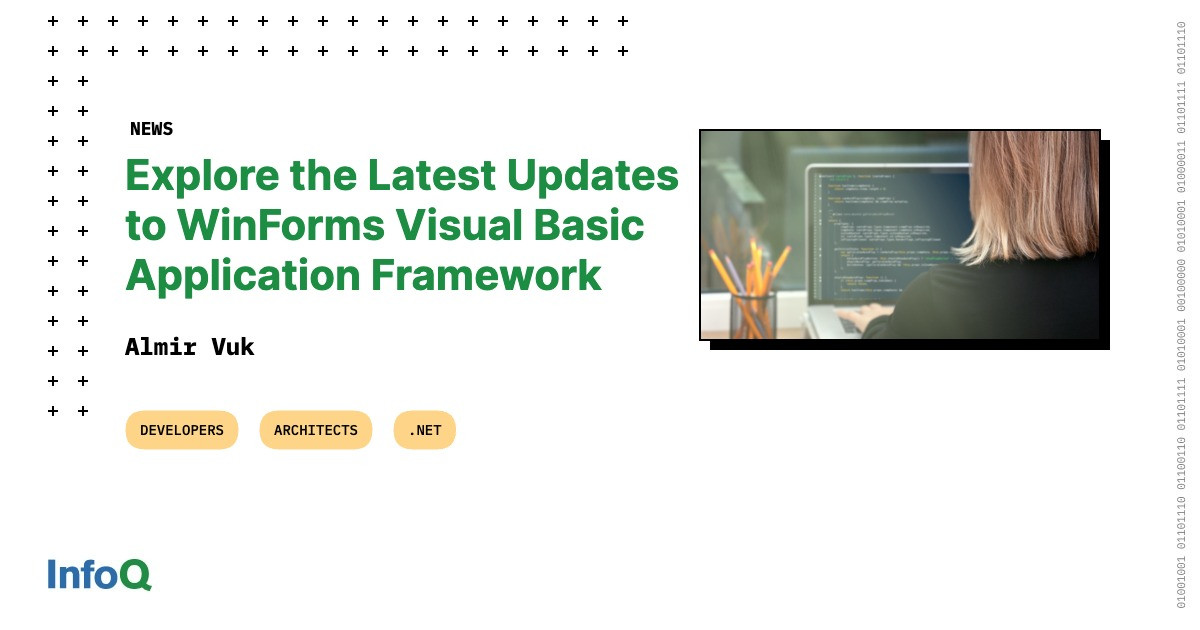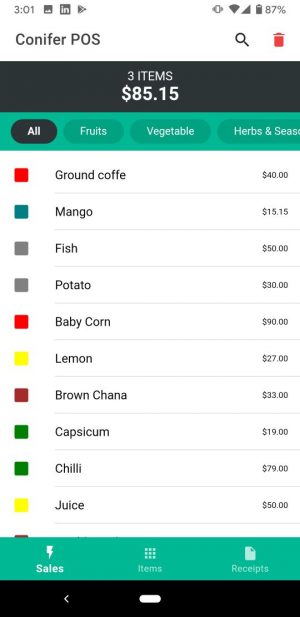If you are a Visual Basic developer working with Windows Forms (WinForms) applications, you may already know about the benefits of using the WinForms Visual Basic Application Framework. This framework simplifies application development and enhances the user experience by providing features such as application-wide events, automatic form positioning, and support for multiple document interfaces (MDIs).
The WinForms Visual Basic Application Framework has been around for many years and has undergone several updates over time. In this article, we will explore the latest updates to the framework and how they can improve your WinForms development experience.
What is WinForms Visual Basic Application Framework?
Before we dive into the latest updates, let’s briefly review what the WinForms Visual Basic Application Framework is and how it can benefit your development process.
The WinForms Visual Basic Application Framework is a set of classes and components that provide a consistent programming model for creating Windows Forms applications in Visual Basic. The framework handles many of the common tasks associated with application development, such as managing application events, providing standard menus and toolbars, and supporting internationalization and accessibility.
Using the WinForms Visual Basic Application Framework can save you time and effort in developing WinForms applications. Instead of writing code to handle basic application tasks, you can focus on your application’s unique features and functionality.
Latest Updates to WinForms Visual Basic Application Framework
Now let’s explore the latest updates to the WinForms Visual Basic Application Framework and how they can help you in your development work.
Support for .NET Core
One of the most significant updates to the WinForms Visual Basic Application Framework is support for .NET Core. .NET Core is a cross-platform, open-source framework for building modern applications that can run on Windows, Linux, and macOS.
With the latest update, you can now use the WinForms Visual Basic Application Framework to build .NET Core applications. This means that you can write Visual Basic code for your Windows Forms application and deploy it to any platform supported by .NET Core.
Improved High DPI Support
Another important update to the WinForms Visual Basic Application Framework is improved support for high DPI displays. High DPI displays are becoming more common, and applications that don’t support them can look blurry or pixelated on these displays.
The latest update to the framework provides automatic scaling of controls and fonts to match the display DPI. This means that your application will look sharp and clear on high DPI displays, regardless of the user’s display settings.
Enhanced Accessibility Features
Accessibility is an important consideration for any application, and the WinForms Visual Basic Application Framework has been updated to provide enhanced accessibility features. These features include improved support for screen readers, high-contrast mode, and keyboard navigation.
By using the WinForms Visual Basic Application Framework, you can ensure that your application is accessible to all users, regardless of their abilities or disabilities.
Updated Templates and Wizards
The latest update to the WinForms Visual Basic Application Framework also includes updated templates and wizards for creating new applications. These templates and wizards make it easier to get started with WinForms development by providing a starting point for your application.
The updated templates and wizards include support for .NET Core and improved high DPI support, so you can take advantage of these new features right from the start.
New Controls and Components
Finally, the latest update to the WinForms Visual Basic Application Framework includes several new controls and components that you can use in your applications. These include a new DataGridView control for displaying tabular data, an updated ToolStrip control for creating toolbars and menus, and a new TaskDialog component for displaying custom dialogs.
By using these new controls and components, you can add new features and functionality to your WinForms applications.
Conclusion
The WinForms Visual Basic Application Framework is a powerful tool for Visual Basic development, and the latest updates to the framework bring even more benefits to developers. With support for .NET Core, improved high DPI support, enhanced accessibility features, updated templates and wizards, and new controls and components, you can create modern, user-friendly applications with less effort and greater efficiency.
By leveraging the WinForms Visual Basic Application Framework, you can focus on your application’s unique features and functionality, while the framework handles many of the common tasks associated with application development. With the latest updates, you can take advantage of new features and improved functionality to create even better applications.
FAQs
- What is the WinForms Visual Basic Application Framework?
- The WinForms Visual Basic Application Framework is a set of classes and components that provide a consistent programming model for creating Windows Forms applications in Visual Basic.
- What are the benefits of using the WinForms Visual Basic Application Framework?
- The WinForms Visual Basic Application Framework simplifies application development and enhances the user experience by providing features such as application-wide events, automatic form positioning, and support for multiple document interfaces (MDIs).
- What are some of the latest updates to the WinForms Visual Basic Application Framework?
- Some of the latest updates include support for .NET Core, improved high DPI support, enhanced accessibility features, updated templates and wizards, and new controls and components.
- How can the WinForms Visual Basic Application Framework save time and effort in developing WinForms applications?
- By handling many of the common tasks associated with application development, the WinForms Visual Basic Application Framework allows developers to focus on their application’s unique features and functionality.
- Why is accessibility an important consideration for applications?
- Accessibility ensures that all users, regardless of their abilities or disabilities, can use and benefit from the application.





